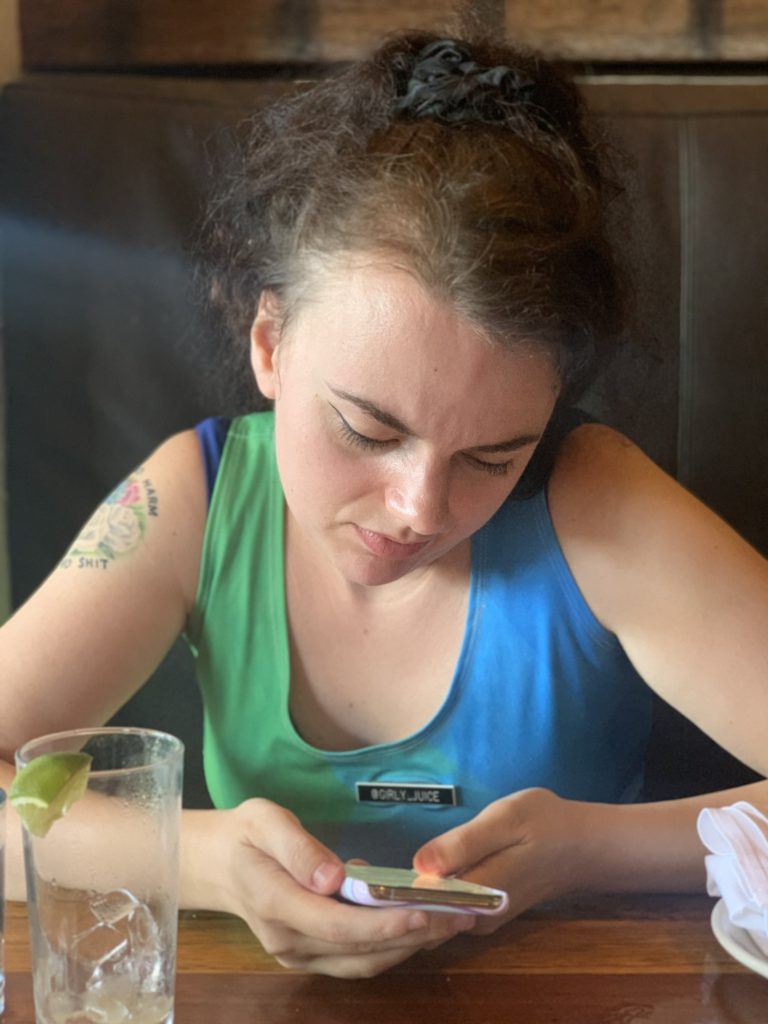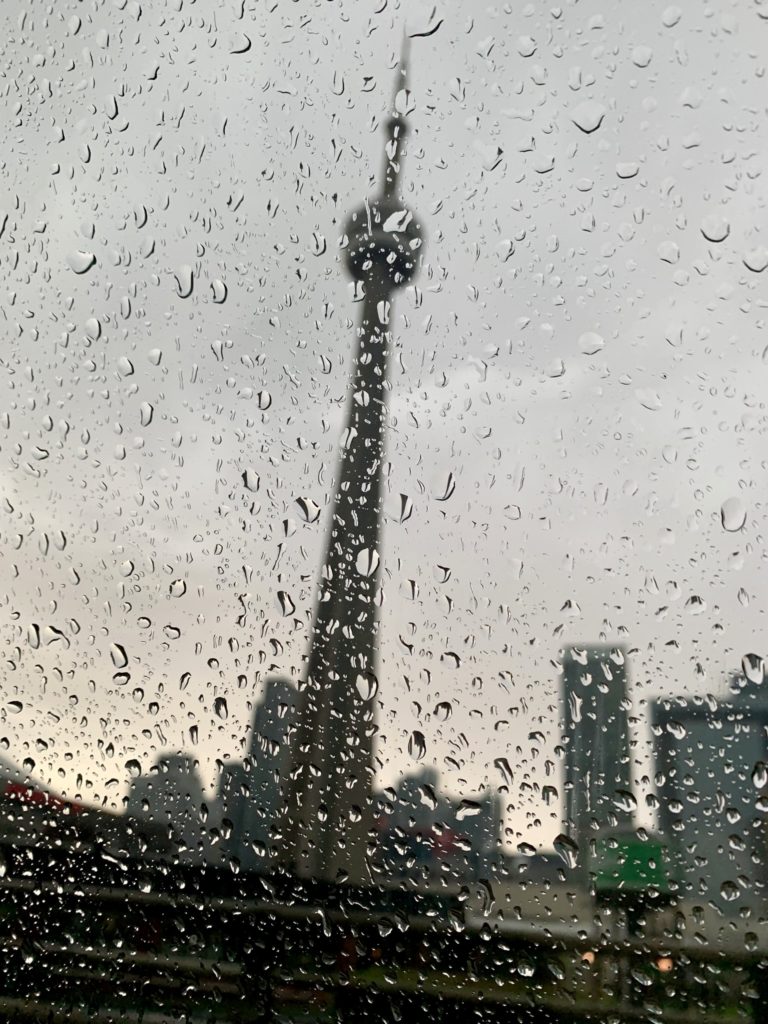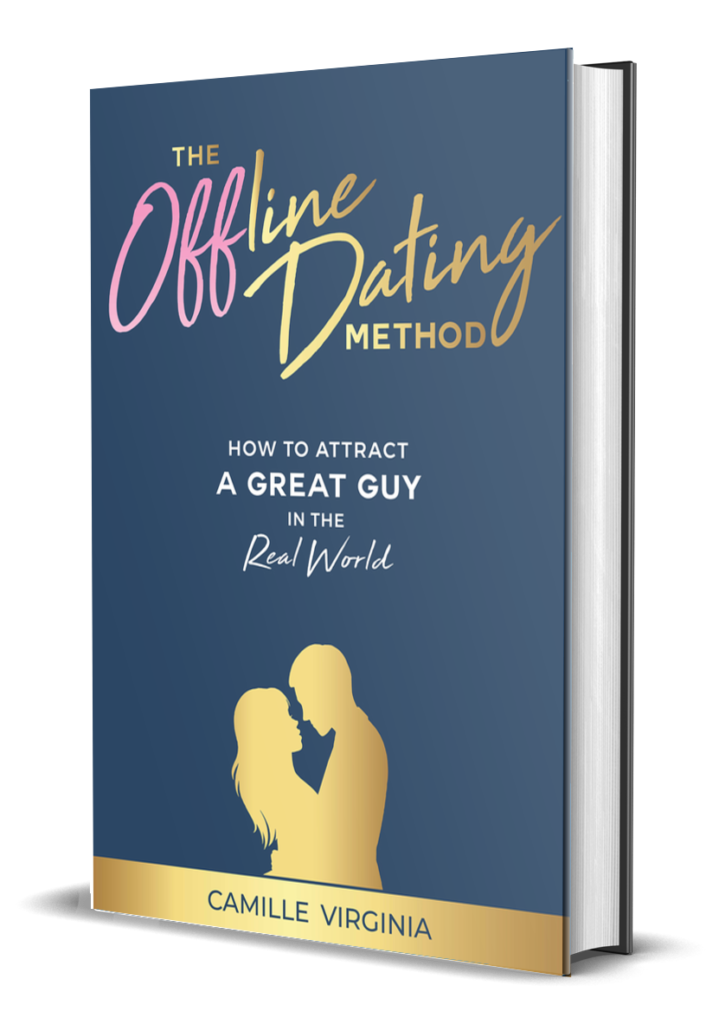 Online dating is a beast. If you’re not careful, it can consume your life, with its alluring promises and gameified interface. This is especially true if, like many of us, you’re just not finding it that useful for its purported purpose: connecting you with people you’ll get along with. Sometimes Tinder, Bumble, and OkCupid can feel like a pit of quicksand that sucks up all your time – and crushes your soul in the process. I often compare it to trying to find a diamond in a garbage heap.
Online dating is a beast. If you’re not careful, it can consume your life, with its alluring promises and gameified interface. This is especially true if, like many of us, you’re just not finding it that useful for its purported purpose: connecting you with people you’ll get along with. Sometimes Tinder, Bumble, and OkCupid can feel like a pit of quicksand that sucks up all your time – and crushes your soul in the process. I often compare it to trying to find a diamond in a garbage heap.
In recent years, I’ve tried to streamline my online-dating habits by imposing a few rules on myself. These make my time on these sites and apps more efficient, by narrowing down my dating pool to only people I might actually enjoy talking to. Here are those rules, incase you want to try some for yourself…
Delete any message which does not specifically reference you/your profile.
I decided to implement this rule upon my most recent OkCupid rejoin, and as much as it is frustrating sometimes (SO MANY people just write “hi” or “hey,” or have clearly copy-and-pasted their message to multiple recipients!), it also simplifies things considerably. I no longer have to pick through every message-sender’s profile trying to decide if they merit a reply; the vast majority of contenders are taken out of the running immediately because they’ve failed to do the absolute bare minimum to even qualify for consideration.
This might seem like a harsh rule, but the more I think about it, the more sense it makes. Whether you’re looking for a one-night stand, a long-term relationship, or anything in between, you want to connect with people who will put effort in. Good sex requires effort; good dates require effort; sustaining any kind of relationship requires effort. If someone puts in almost zero effort from their very first message – when they should theoretically be trying the hardest to impress you – then that attitude will probably extend to other aspects of any potential relationship as well. Hit “delete” and make room for people who are actually trying!
If someone doesn’t ask you any questions or give you anything to ask them about, stop talking to them.
Some people are bad conversationalists. While it’s nice to pick up the slack for them and try to make a convo work in spite of their shortcomings, it’s not necessary. Yet again, this comes down to effort. If they answer your every question like you’re doing an informational interview, and never ask you anything, frankly they don’t deserve the pleasure of talking to you.
There are exceptions, of course. Some people are neurodivergent in ways that affect their conversation style, and some people are just better in person or on the phone than they are via text. If you get the sense from someone’s profile that they might be more interesting than their shitty messages have led you to believe, feel free to give them another chance in a different setting (like a phone call, or an actual date). But you are not at all obligated to. You are an interesting, fun person and there will be other people who are more than happy to have fabulous, engaging conversations with you.
Don’t look at someone’s profile for very long before messaging them.
I would say that on a platform with short profiles, like Tinder, you shouldn’t spend more than a minute looking at anyone’s bio – and on sites where profiles provide more information, like OkCupid, you should give yourself 3-5 minutes, tops. Online dating can be staggeringly time-consuming, especially if you fall into the trap of thinking you have to know you’re into someone before messaging them. Your gut feeling about a person is probably accurate, whether you find them intriguing or boring.
Some people online-date like they’re picky eaters wandering through a grocery store, examining each vegetable for discolorations, carefully reading every ingredient on the back of every cereal box. Others online-date like they’re grocery-shopping while hungry for a particular meal: they speed-walk through the store, mercenarily grabbing each item they need and shoving it immediately into their basket. Research about the paradox of choice shows us that people who spend a long time weighing the pros and cons of each option actually tend to be less happy with their eventual decision. So don’t waste time poring over profiles in an effort to understand the minds of strangers you might not even ever have a conversation with, let alone a relationship. Get in, get out, and then get back to your life.
If someone’s profile makes you laugh or smile, message them to tell them why. (Unless it’s mean.)
Try not to overthink this too much; make like Nike and just do it. Sparks of recognition or excitement while reading someone’s profile are depressingly rare – “Hey, I get that joke!” “I watch that TV show too!” “This picture is so goofy and cute!” – so you might as well chase them when they crop up. These are the types of shallow cues that can lead to a deep connection if pursued, so keep an eye out for anything in a profile that authentically delights you.
Of course, you can just send a quick note saying [x thing] cracked you up or piqued your interest, but you’re likelier to get a good response (or a response, period) if you add at least one question. If they referenced your favorite show, ask them which episode they love the most and why, or which character they most relate to. If they’re posing with a parrot in a funny pic on their profile, ask them about the circumstances that led to them meeting a parrot. You get the idea.
Suggest going on a date as soon as you’re comfortable doing so.
When I first started online-dating, I only wanted to physically meet up with someone after we’d chatted via text for at least a few weeks. I wanted to feel fairly certain that this new crush wasn’t a serial killer (or an awful conversationalist) before agreeing to hang out with them. I also wanted to learn enough about them to determine whether I was attracted to them. But I realized pretty fast that you can actually gauge all of these things better in person than you can via text. Even the most suave texter can be horrible in person, or at least just not what you were expecting. Better to find that out sooner than later, I say!
The easiest transition into a date-ask is to bring up an activity or event that the two of you might be interested in checking out together. If they mention they’re into improv, tell them about a specific show that’s coming up and ask if they’d like to go with you. If they say they like cocktails, ask if they’d like a date to that cool new cocktail bar that just opened in your city. Whatever it is, make sure it’s specific and soon, ideally within the next week – any longer and you could lose interest, or they could, or both. If and when the date actually happens, you’ll be able to learn quickly whether this potential relationship is destined to soar or to fall flat.
Do you have any rules for yourself when you look for dates/hookups online? What are they?
 Protocol – that is to say, agreed-upon routines and traditions – has been important to me in several of my kink-tinged relationships, but has become especially so in my current long-distance relationship. It often feels like the glue that holds us together when we’re apart, the fuel that helps us power through our long absences from each other’s physical lives.
Protocol – that is to say, agreed-upon routines and traditions – has been important to me in several of my kink-tinged relationships, but has become especially so in my current long-distance relationship. It often feels like the glue that holds us together when we’re apart, the fuel that helps us power through our long absences from each other’s physical lives.
 I receive many press releases per week, and most of them hold zero interest for me. Weird new porn movies. Shitty new vibrators. Swanky events I can’t go to because they’re in New York or Los Angeles.
I receive many press releases per week, and most of them hold zero interest for me. Weird new porn movies. Shitty new vibrators. Swanky events I can’t go to because they’re in New York or Los Angeles.